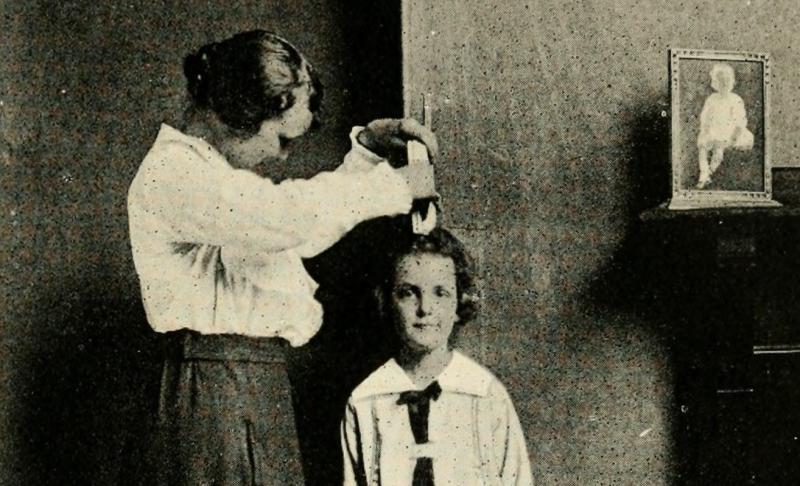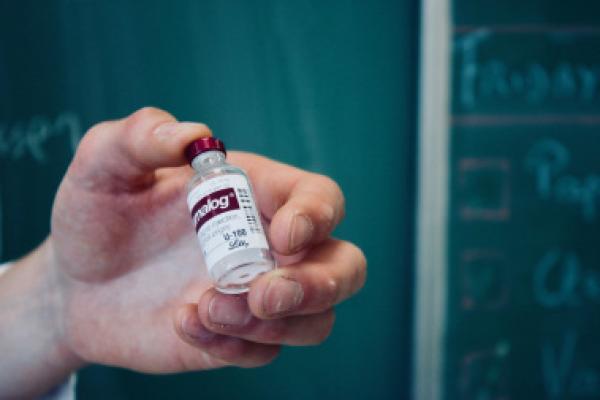In the 1940s, artificial versions of the female sex hormone estrogen hit the market. In no time at all, they grew into a “universal remedy” for virtually every female problem: from irregular menstrual cycles to menopausal complaints, pregnancy loss, low libido, hair loss, even psychiatric problems.
Doctors see in the wonder drug a chance to get a grip on the unruly female body. They worry little about side effects. It is also in this context that the first studies on growth inhibition appear. Starting in the 1950s, it is enthusiastically reported that artificial hormones cause growth plates to close faster, so that girls enter puberty faster and stop growing. The younger they start it, the “better”: the “gain” is up to 5 centimeters.
Photo: Nutrition and growth in children (1922), © D. Appleton and Company




